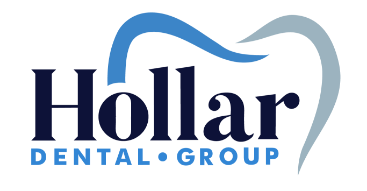Invisalign
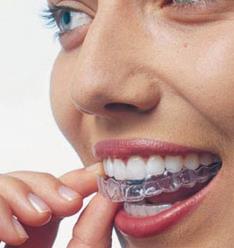
Invisalign® is the clear way to straighten teeth without braces, using aligners. Aligners are removable and virtually invisible, which means you can straighten your teeth without anyone knowing; and you can still eat and drink what you want. Also, you can brush and floss normally to maintain healthy gums and teeth; and there are no wires, metal or brackets to cause mouth abrasions.
Many of our patients had never considered traditional braces but are now happily and comfortably improving their smiles with Invisalign.
What Is Invisalign®?
- Invisible way to straighten your teeth without braces.
- Series of clear, removable, custom-made Aligners.
- Uses no metal wires or brackets.
- Custom-made for comfort.
How Does Invisalign® Work?
- Wear each set of Aligners for about two weeks.
- Remove only to eat, drink, brush and floss.
- Your teeth will move gradually each week.
- Visit us every 8-10 weeks.
- Total treatment time averages 6-15 months.
- Average number of Aligners is between 18 and 30.
Common Problems
Introduction
Menu
When a person's teeth or jaws do not fit together properly, orthodontics may be needed to strengthen their teeth and promote ideal form and function. These problems, often called malocclusions - or bad bites - can cause speech difficulties, prematurely wear down teeth's enamel, and can even increase the chance of injury to teeth and jaw joints if left untreated.
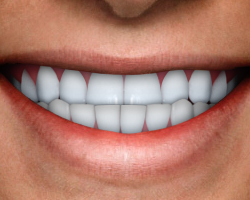
In an underbite, the lower jaw extends out, causing the lower front teeth to sit in front of the upper front teeth.

Spacing problems may be caused by missing or misaligned teeth, or they may only be a cosmetic issue.
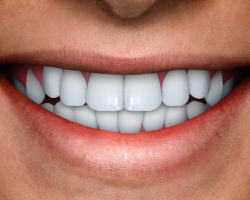
Upper front teeth protrusion is characterized by the upper teeth extending too far forward or the lower teeth not extending far enough forward.
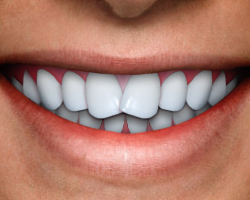
Crowding occurs when teeth have insufficient room to erupt from the gum. Palatal expansion can often correct crowding, thereby avoiding the extraction of teeth.
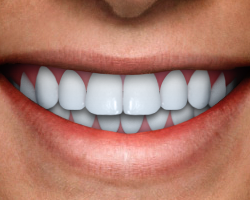
In an overbite, the upper front teeth extend out over the lower front teeth, sometimes causing the lower front teeth to bite into the roof of the mouth.
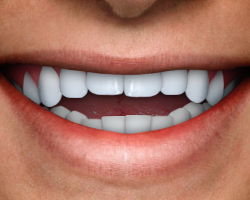
Proper chewing is impacted by an openbite, in which the upper and lower front teeth do not overlap. Openbites may be caused by habits such as thumb sucking or tongue thrusting.
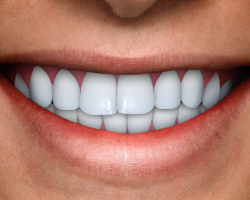
Mismatched dental midlines are evident when the center line of the upper teeth do not line up with the center line of the lower teeth. This may negatively impact proper dental and jaw function.
